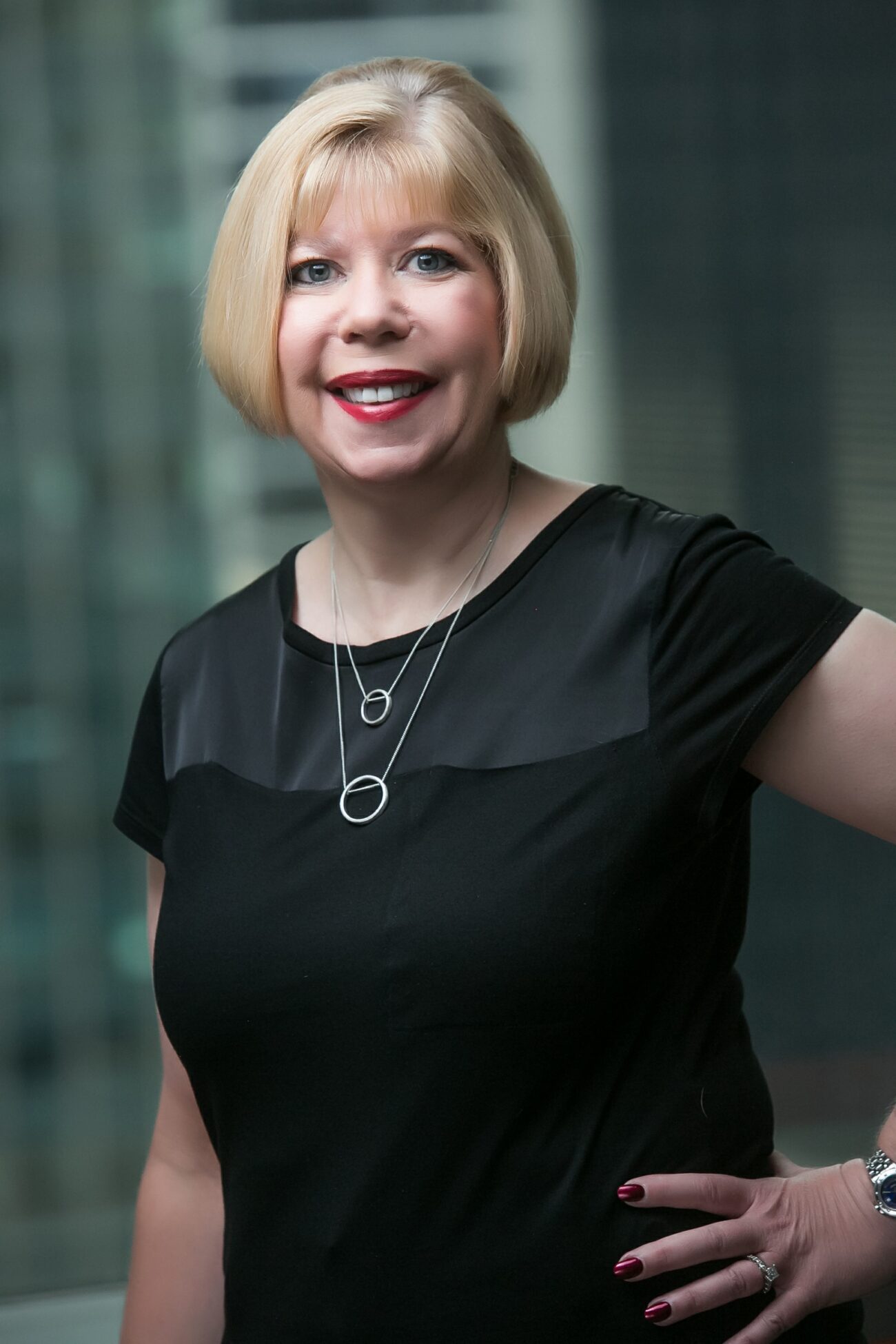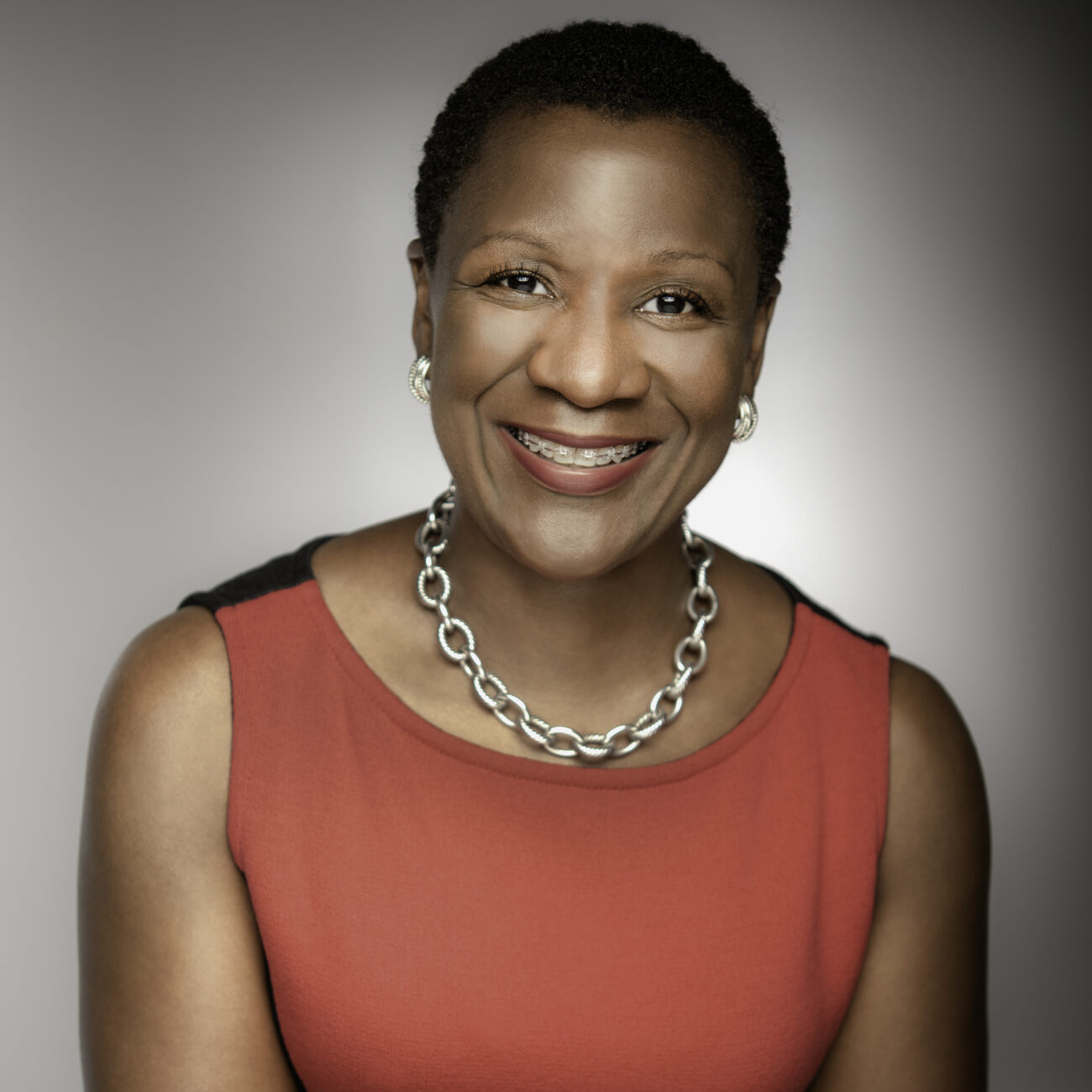The transitions towards a greener planet and a sustainable economy are well documented, but this pandemic also presented the opportunity to raise the need for a social transition towards a more inclusive and diverse labor market. All three transitions – economic, green, and inclusive – require innovation and reorganization. Without removing focus from the first two, systematic attention should be given to the third one.
DEI… Meaning?
Diversity, Equity, and Inclusion (DEI) are terms which are used interchangeably by most; as if though finding a strategy and solutions for one, automatically covers the bases for all three. The truth is things are not that simple. This ‘holy trinity’ consists of three different components, with different aspects of social behavior, which, however, coexist and complement each other. They are mutually reinforcing principles within an organization.
| In short, diversity is all the ways in which people differ. It allows for the exploration of these differences in a safe, positive, and nurturing environment without the prejudice that might follow ethnicity, gender, age, sexual orientation, religion, education, or disability. Let’s refrain from calling a person ‘diverse’; this immediately attaches a label of ‘being different’ and ‘outside the majority’ leading to alienation and exclusion. Diversity is more about understanding differences, accepting them, and finding their value to the workplace and the society. | Which brings us to equity (not to be confused with equality), which refers to the fair treatment, access, and opportunity for all people. It recognizes that each person has different circumstances and assigns the appropriate resources and opportunities necessary to achieve an equal outcome. It helps balance unfair social systems, whether that refers to health, for instance, or within the workplace. Equity forms the foundation of inclusion. | Inclusion is the last piece of the puzzle. It is not taken for granted that securing the previous two, inclusion magically happens. Belonging, respect, and support are the three main elements a community must offer an individual for him/her to be able to thrive. An environment where everyone is valued, given the right opportunities for growth, and has their voice heard is a truly inclusive one |
How do associations fit in this?
Combine the three elements and the result is a fair community. It might sound utopic, but the whole idea of building back a more sustainable future requires bold actions, policy changes and mindset shifts. That is where associations come in with their power as transformative agents. Every association has a mission and a responsibility to the community it serves to take the necessary steps for its advancement.

Karen Horting, Executive Director and CEO of Society of Women Engineers (SWE), says: “The role of associations is very important because in an age of misinformation, associations are seen as trusted, credible sources. We can provide unbiased data and best practices that will lead to impactful changes within organizations and society at large to advance DEI. Serving as a resource to our members but also to our stakeholders is a critically important role for professional societies. If we don’t take a leadership role in making the professions we represent more diverse and welcoming, who will?”
The role of associations is, in fact, twofold: lead by example and put pressure on local governments for actual community change. As all roads towards improvement, change needs to start from within. The all-time classic model of leaders, executive boards, and members with like-minded ideas and similar backgrounds is obsolete and will probably lead any association to a rut, with no actual progress in sight.
As Michelle Mason, President and CEO at ASAE, points out: “Advancing our own commitment to DEI is not only a business imperative, based on the changing nature of our world, it’s really just part of our mission as associations. If certain segments of our membership or future membership feel marginalized or left out of our organizations, we are doing a disservice to ourselves and them. This is the fundamental purpose of associations, to allow different voices to be heard, to accept that there are many ways of resolving a problem, and ultimately, to make our industries, our professions, and our society stronger.”
Once the core of the association becomes healthy and up to date with what a sustainable future requires, the domino effect should start. Other associations follow the success of the few bold ones, and the new norm of a more diverse and inclusive mindset settles in for the majority. Leading by example, associations can then work their way into the government and propose policy changes to create a more equitable and inclusive society.
Mason supports this: “Associations are embedded in the fabric of society, advancing the industries and professions that comprise the global economy and serving as facilitators between governments and the private sector. Associations are also one of the primary sources of career development and skills training for the global workforce. We are about collaboration and community and lifting others on their professional journey.”
Why bother?
Simply put, because it is “a basic human right”, as was the conclusion of Benita Lipps (Head of Interel Association Management) workshop during the recent BIAF event. But if that is not enough to convince the more conservative leaders, the benefits of implementing DEI in an association are many and they all lead to the desired sustainable economic growth.
A diverse and inclusive work environment exhumes a sort of uniqueness from which original ideas will surely flow. Only a group of people looking at the same problem from different perspectives can come up with a truly unique and innovative solution. Creativity, employee engagement and satisfaction also drive quality productivity and performance. If DEI is properly woven into the backbone of an organization, then the business will attract and retain both talent and revenue.

Mason confirms this from her experience: “This is one of the key macro trends impacting society and economic growth today. It’s both a business and a social imperative because it impacts the health of communities, access to education and jobs, and performance and profitability in the workplace. In today’s era of disruption and rapid change – marked recently by the COVID-19 pandemic, political and social polarization, a “Great Resignation” and a massive competition for talent – economies and individual organizations that prioritize DEI are much more likely to thrive because they are creating a sense of belonging for all contributors and benefiting from the different skills, experiences and collective problem-solving that a diverse, equitable and inclusive workforce provides. Studies show that organizations that systematically embrace diversity, equity and inclusion set the stage for creativity, innovation, and economic growth.”
How Feasible Is It?
After discussion during the same workshop at the BIAF conference, the conclusion was that “the concept has to start within the leadership and drip down the ladder. The passion of one person can be contagious, especially coming from a leader who often serves as a role model.” This does not forbid the opposite from happening, meaning the movement could also start from the grassroots and move from the bottom up. In this case the job of an attentive leader is to have an open ear to what is happening ‘below’. Of course, time, money and resources are needed to find support to implement new ideas and create inclusive activities. “DEI is a marathon, not a sprint,” said Kat Van Nuffel, Founder of Legal Diversity & Inclusion Alliance.
Within our own industry, the International Congress and Convention Association (ICCA) has established the Future Leaders Council to give voice to young professionals and allow for the sharing of completely new ideas, concepts, and approaches. In their first project, they emphasize: “If organizations do not focus on social sustainability and attracting, empowering, growing and retaining the younger generation, our industry’s future will be put at risk. There will be no informed and empowered thought leaders to champion the continuation of economic and environmental sustainability.”

Gender equality is a major issue in most sectors, but loud voices are able to change the scene. The World Heart Federation is committed to empowering and supporting women so they can lead heart-healthy lives. “We use our platform to advocate for more women in cardiology and decision-making roles related to health. Women are facing challenges to develop their career as cardiologists or heart surgeons with unequal access to education and unfair access to job opportunities. We have created various opportunities at events and in all our year-long campaigns, to share ideas, journeys, and solutions to achieve real gender equity in heart health. Our role as women in professional setting, regardless in which sector and at which level we are, should be to be seen; we owe that to the ones who come after us and to the society as a whole; a healthy and prosperous society is one when women are given a seat at the table,” says Borjana Pervan, Director of Strategy and Communications at the World Heart Federation.
Active empowerment of women can be found even in traditionally male-dominated sectors. Horting says: “The SWE was founded in 1950. As the first engineering society of its kind, SWE challenged public stereotypes about women’s roles and technical abilities. Since the very beginning, SWE has empowered women to succeed in careers as engineers and leaders by providing professional development and a community of support. In those days, women were often prohibited from participating in the existing professional societies. It was utmost importance to our founders that the contributions of women in engineering be acknowledged and celebrated.”
Campaigns For Awareness
- For the first time this year, the European Commission has launched the European Capitals of Inclusion and Diversity Award, which recognizes the work done by cities, towns, or regions in Europe to promote inclusion and create discrimination-free societies. It complements the annual EU Diversity Month, which raises awareness about the importance of diversity and inclusion in the workplace and across our societies.
- If major companies can do it, why not associations? In 2021, Google launched the #IamRemarkableinitiative, empowering women, and other underrepresented groups to celebrate their achievements in the workplace and beyond.
- One of UNESCO’s main priorities is gender equality, with actions and campaigns around the globe and a dedicated publication on the matter.
The association has advanced understanding of what DEI is all about and is actively helping others get there too. “SWE also works with global employers, institutions of higher education, government agencies and other professional associations on their DEI efforts to recruit, retain and advance women in engineering and technology. Most importantly, we help these organizations understand what it means to have a truly inclusive environment where everyone can feel valued and have their contributions recognized,” Horting continues.
There are underrepresented groups in the workplace and in society alike that have found loud voices to advocate for them, like women, young talent, and ethnic minorities. Others seem to be ‘left out’, with little effort made towards change. Disabled people are systematically forgotten, when, if given the opportunity, have a great deal to offer to the community through their knowledge, determination and experience. The Disabled People’s Association (DPA) aims to create awareness about as well as engage people, with or without disabilities, in discussions about disability through public education, training, consultative services, research and advocacy.
It is a journey
The fact that some associations have made more progress, doesn’t mean it has been an easy task. As DEI committees are set up, the practice has become a box-ticking exercise rather than a real ambition to make ongoing change. DEI efforts cannot be seen as one-off campaigns but as initiatives that need to be maintained and nurtured. Another challenge rises when there is lack of communication and awareness between members, employees, and leaders. The message needs to be aligned on all levels (inclusion might mean different things to different people) and communication channels remain open.
Clearly, no one wants to sacrifice retaining bad talent in the name of diversity. The right qualifications are a priority, but with an open mind, they can be found in all kinds of people, regardless their background. Some associations might find it difficult to overcome cultural differences that might come along, but in an inclusive environment people become more respectful of others and are more willing to receive different points of view.
Education and information on the matter is, yet again, part of the solution. “While it is important to fully implement anti-discrimination legislation, making the most of the diversity of our societies cannot be done by focusing only on what people and companies should not do, but also promote pro-active efforts by all stakeholders,” says part of a report published by the Organization for Economic Cooperation and Development (OECD). Such publications help associations be informed as to how the issue is evolving worldwide, what obstacles lie ahead, and ideas to solve them. Hiring a specialized company to help kickstart things is often a basic first step.
If associations can move past the traditional standards of team composition and embrace diversity, equity, and inclusion fully, they can set the example of how communities must be structured as well. “I think the key to overcoming the obstacles is an open mind and of course, an open heart! By observing, listening, understanding others and their perceptions; what drives them, what their values are, and over time realizing that teamwork and shared purpose are eliminating all artificial walls in our minds. It is easier said than done, but it is the most certain way,” concludes Pervan.

This article is graciously sponsored by Business Events Scotland, whose values align with the Building Back Better concept.
